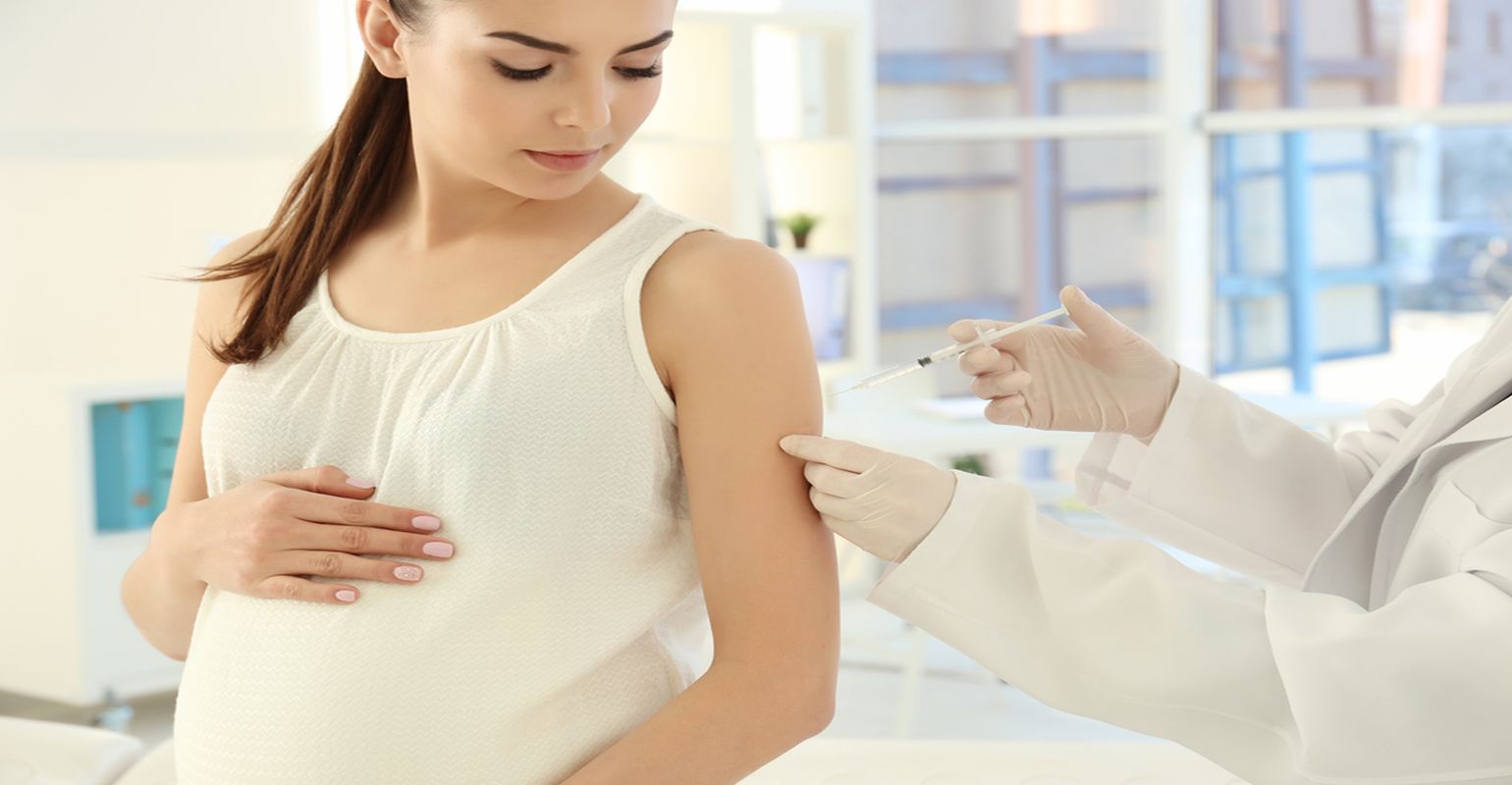
Certain blood types in combination with Rh, race (Black patients and White patients), and pregnant or not pregnant demonstrated protection against the virus.
A new case-controlled study published recently in the America Journal of Infection Control (AJIC), demonstrates that positive results of SARS-CoV-2 are related to blood type, confirming previous research. Also, this study, investigated blood types for SARS-CoV-2 and correlation for disease acquisition in various sociodemographic groups including women of childbearing age, which confirms further and more recent research demonstrating that inequities within certain sociodemographic groups did exist. While this study validated protection for pregnant women against SARS-CoV-2, further and larger studies are needed.
“Our study team was able to replicate findings from studies performed earlier in the pandemic, which demonstrated that blood type can play a significant role in acquisition of SARS-CoV-2. We were also able to support findings from more recent research showing that social inequities, such as race and gender, contribute to an individual’s likelihood of contracting the disease,” Maria L. Vacca, MSN, RN, CIC, director of infection prevention at Thomas Jefferson University Hospitals Center City, and author of the study told Infection Control Today® (ICT®) in an exclusive interview. “While replication of findings performed from previous research studies is important, our research produced a novel finding, showing that pregnant women in our study group were significantly less likely to contract SARS-CoV-2 than non-pregnant women of childbearing age. This new information is very exciting and adds to the growing body of knowledge that currently exists regarding the virus.”
This institutional review board (IRB) approved study was conducted at the Jefferson University Hospitals located in New Jersey and Pennsylvania from March 2020 through March 2021. It consisted of 27,662 patients and reinforced initial international studies which revealed a significant correlation between blood type A and SARS-CoV-2 susceptibility.
“This article emphasizes 1 glaring aspect of health care brought to light during the pandemic—socioeconomic level and lack of adequate health care. Both were a wake-up call for society to finally act on this known disparity” said Sharon Ward-Fore, MS, MT(ASCP), CIC, FAPIC, an infection prevention consultant, located in Chicago, and a member of Infection Control Today’s® Editorial Advisory Board, told ICT® when she reviewed this research.
The inclusion criteria included 27,662 in-patients with blood type assessed who were tested for SARS-CoV-2. The study endpoints combined ABO, Rh, and (ACIM) with testing positivity. Inclusion criteria included all admitted adult patients, ages 18 years and older, who were tested for SARS-CoV-2 and had a recorded blood type upon admission. The first test for SARS-CoV-2 with a positive result was used for patients who had multiple SARS-CoV-2 tests, and all others excluded. Primary study end points combined ABO blood type and Rh with likelihood of testing positive and all-cause inpatient mortality (ACIM). Secondary end points included age, gender, race, and body mass index (BMI).
Of the patients included in the study:
- 42% were male,
- mean age was 56.3 [19.2] years,
- 60% were of white race.
- Average BMI was 29.3 [8.1] kg/m2;
- 39% of patients were considered obese.
In the patients who met the criteria, the investigators found following results:
- Overall, ACIM was the highest in blood group A (-) and lowest in O (+).
- Interestingly, blood types B and AB did not show an association.
- Blood type O (-) was found to have the lowest number of positive tests.
- Type A blood was associated with increased positivity [1.01 (1.0-1.21), P = .03].
- Type B [1.10 (0.99-1.23), P = .08] and AB [0.98 (0.81-1.19), P = .84] showed no association.
- When evaluating ACIM, type A [1.18 (0.91-1.52), P = .22], B [1.13 (0.82- 1.56), P = .480], and AB [1.06 (0.62-1.81), P = .839] were not associated with increased mortality.
- The female subgroup was less likely to test positive [0.88 (0.82-0.986), P = .002].
- Black patients demonstrated a higher likelihood of positivity when compared to White [1.96 (1.79-2.14), P < .001].
- Non-pregnant women exhibited a 2.5 times greater likelihood of testing positive [2.49 (2.04-3.04), P < .001].
Inclusion criteria included all admitted adult patients, ages 18 years and older, who were tested for SARS-CoV-2 and had a recorded blood type upon admission. The first test for SARS-CoV-2 with a positive result was used for patients who had multiple SARS-CoV-2 tests, and all others excluded. Primary study end points combined ABO blood type and Rh with likelihood of testing positive and (ACIM). Secondary end points included age, gender, race, and body mass index (BMI). There was a subgroup analysis focused on women of childbearing age and pregnancy status.
“More studies are warranted to confirm and further explore this topic. I would love to see more Infection Preventionists lead research studies around this and other topics they are passionate about, and believe it is an important and expanding role for our profession,” Vacca told ICT®.
The investigators also mentioned in the study, “More research is warranted … to explore if positivity is affected by physiological, social, or behavioral factors, or influenced by a combination of causes.”
from WordPress https://ift.tt/pgD8lEa
via IFTTT


No comments:
Post a Comment